

July 18 – 24: “Dialogue can be tricky. How do you do it?”
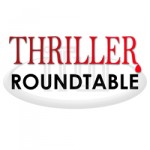 Dialogue can be tricky, as the author has to give each character a unique voice that is also distinct from his or her own. This week we’re joined by ITW Members Jean Harrington, Arthur Kerns, Bernard Maestas, L.S. Hawker, Shaun Harris, Lynn Cahoon, Terrie Farley Moran, J. C. Lane, Stephen Morrill, Steven Kuehn, Sharon Potts, Kat Martin, Elizabeth Noble, Susan Israel, Charles Atkins, D. P. Lyle, Joel Fishman, Jerry Kennealy and Alan Jacobson, to ask: How do you do it?
Dialogue can be tricky, as the author has to give each character a unique voice that is also distinct from his or her own. This week we’re joined by ITW Members Jean Harrington, Arthur Kerns, Bernard Maestas, L.S. Hawker, Shaun Harris, Lynn Cahoon, Terrie Farley Moran, J. C. Lane, Stephen Morrill, Steven Kuehn, Sharon Potts, Kat Martin, Elizabeth Noble, Susan Israel, Charles Atkins, D. P. Lyle, Joel Fishman, Jerry Kennealy and Alan Jacobson, to ask: How do you do it?
~~~~~
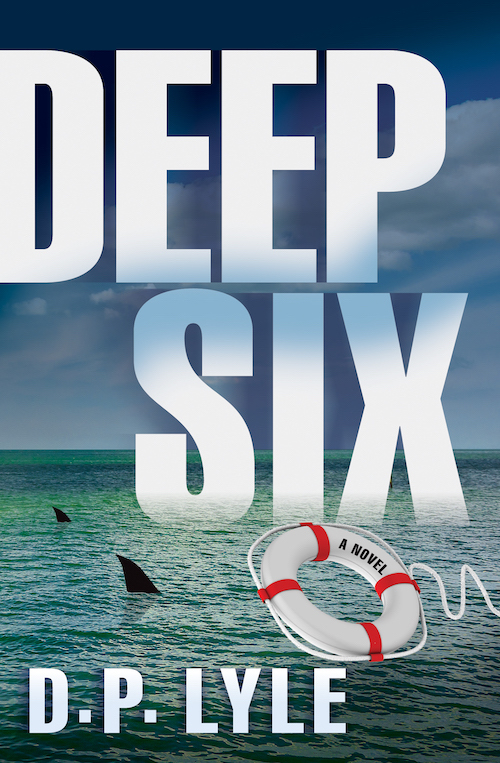 D. P. Lyle is the Macavity and Benjamin Franklin Silver Award winning and Edgar, Agatha, Anthony, Scribe, Silver Falchion, and USA Best Book Award nominated author of 16 books, both fiction and non-fiction. Along with Jan Burke, he is the co-host of Crime and Science Radio. He has worked with many novelists and with the writers of the TV shows Law & Order, CSI: Miami, Diagnosis Murder, Monk, Judging Amy, Cold Case, House, Medium, Women’s Murder Club, The Glades, and Pretty Little Liars.
D. P. Lyle is the Macavity and Benjamin Franklin Silver Award winning and Edgar, Agatha, Anthony, Scribe, Silver Falchion, and USA Best Book Award nominated author of 16 books, both fiction and non-fiction. Along with Jan Burke, he is the co-host of Crime and Science Radio. He has worked with many novelists and with the writers of the TV shows Law & Order, CSI: Miami, Diagnosis Murder, Monk, Judging Amy, Cold Case, House, Medium, Women’s Murder Club, The Glades, and Pretty Little Liars.
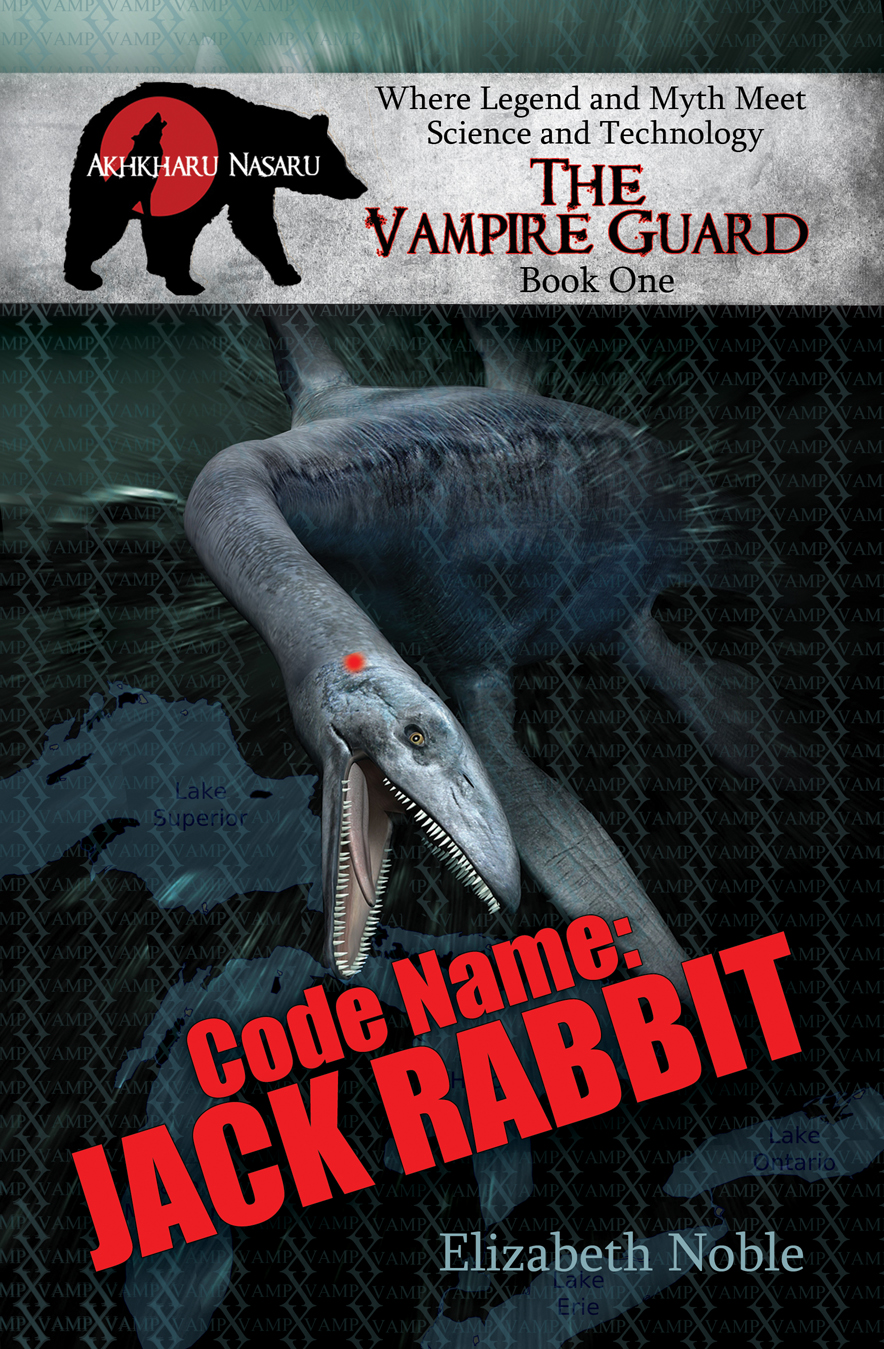 Elizabeth Noble lives by the adage “I can’t not write.” She can’t remember a time when she didn’t make up stories and eventually she learned how to write them down. A part of every day is spent living in worlds she created that are filled with intrigue and espionage. Using a real love of scifi and urban fantasy highlighted by twisty plots she crafts stories taking place in a slightly altered version of our world.
Elizabeth Noble lives by the adage “I can’t not write.” She can’t remember a time when she didn’t make up stories and eventually she learned how to write them down. A part of every day is spent living in worlds she created that are filled with intrigue and espionage. Using a real love of scifi and urban fantasy highlighted by twisty plots she crafts stories taking place in a slightly altered version of our world.
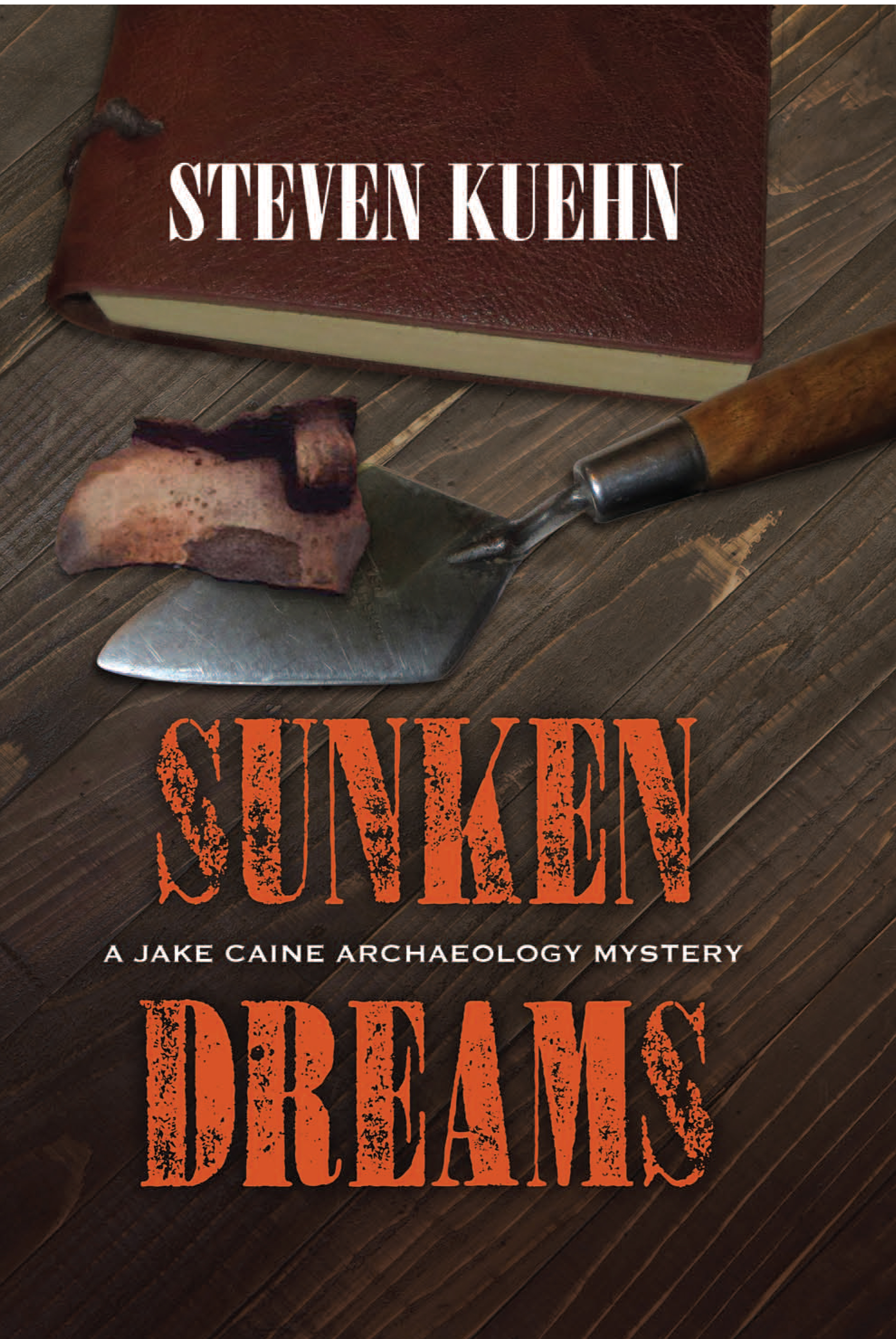 Steven Kuehn is a professional archaeologist at the Illinois State Archaeological Survey. After 25 years of preparing hundreds of technical reports and scholarly articles, the call of mystery fiction grew irresistible and Steve began chronicling the adventures of Professor Jake Caine, archaeologist and amateur detective. His first novel, Sunken Dreams (A Jake Caine Archaeology Mystery), was published in May 2016, and one Jake Caine short story,Talked to Death, was released online in Mysterical-E.
Steven Kuehn is a professional archaeologist at the Illinois State Archaeological Survey. After 25 years of preparing hundreds of technical reports and scholarly articles, the call of mystery fiction grew irresistible and Steve began chronicling the adventures of Professor Jake Caine, archaeologist and amateur detective. His first novel, Sunken Dreams (A Jake Caine Archaeology Mystery), was published in May 2016, and one Jake Caine short story,Talked to Death, was released online in Mysterical-E.
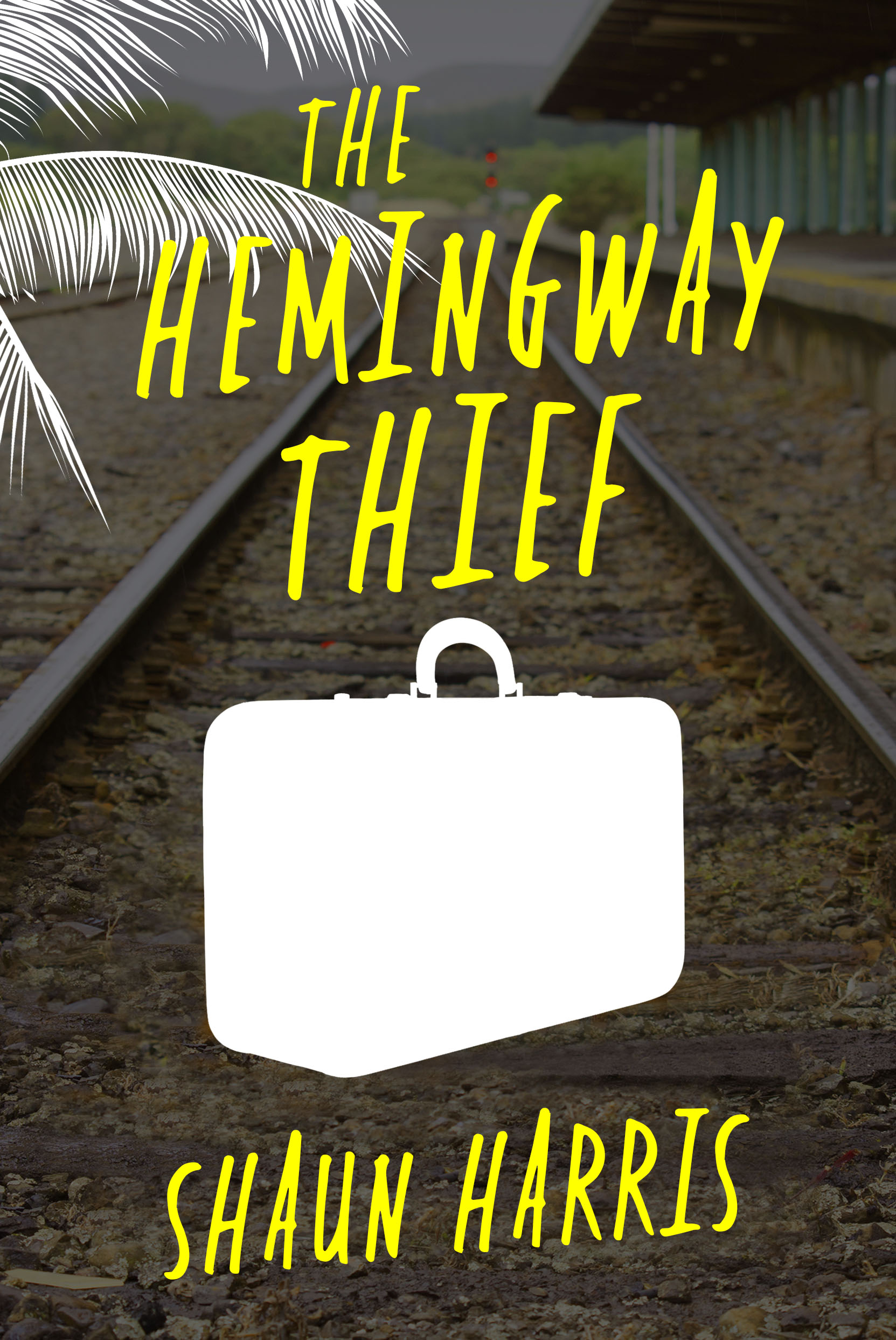 Shaun Harris grew up as the son of a homicide detective in Southern New England. He has a degree in American Studies and Film and Television from the University of Notre Dame. As such he has a crippling obsession with college football. He now lives in rural Wisconsin with his wife and two kids. Jim Rockford is his spirit guide.
Shaun Harris grew up as the son of a homicide detective in Southern New England. He has a degree in American Studies and Film and Television from the University of Notre Dame. As such he has a crippling obsession with college football. He now lives in rural Wisconsin with his wife and two kids. Jim Rockford is his spirit guide.
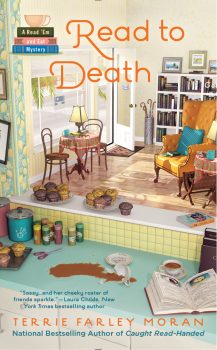 Terrie Farley Moran is the author of the Read ‘Em and Eat cozy mysteries series, including the Agatha Award winner Well Read, Then Dead, Caught Read-Handed and Read to Death. Terrie’s short mystery fiction has been published in Ellery Queen Mystery Magazine, Alfred Hitchcock Mystery Magazine and numerous anthologies. She also co-writes Laura Childs’ Scrapbooking Mystery series. Together they have written Parchment and Old Lace and Crepe Factor.
Terrie Farley Moran is the author of the Read ‘Em and Eat cozy mysteries series, including the Agatha Award winner Well Read, Then Dead, Caught Read-Handed and Read to Death. Terrie’s short mystery fiction has been published in Ellery Queen Mystery Magazine, Alfred Hitchcock Mystery Magazine and numerous anthologies. She also co-writes Laura Childs’ Scrapbooking Mystery series. Together they have written Parchment and Old Lace and Crepe Factor.
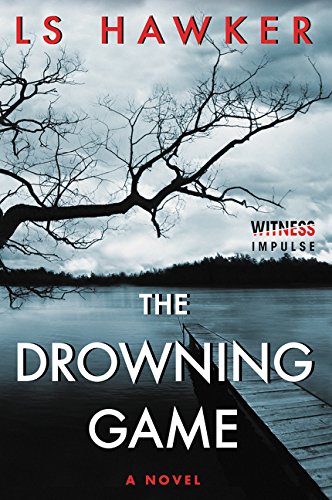 L.S. Hawker is the author of THE DROWNING GAME (USA Today bestseller and ITW Thriller Awards Best First Novel finalist) and BODY AND BONE, published by HarperCollins Witness Impulse, with a third title to be released in January, 2017. Visit www.LSHawker.com to view book trailers, listen to The Lively Grind Cafe, her podcast with daughter Chloe, and read about her adventures as a cocktail waitress and traveling Kmart portrait photographer.
L.S. Hawker is the author of THE DROWNING GAME (USA Today bestseller and ITW Thriller Awards Best First Novel finalist) and BODY AND BONE, published by HarperCollins Witness Impulse, with a third title to be released in January, 2017. Visit www.LSHawker.com to view book trailers, listen to The Lively Grind Cafe, her podcast with daughter Chloe, and read about her adventures as a cocktail waitress and traveling Kmart portrait photographer.
 Writing advertising copy for Reed & Barton, Silversmiths, was Jean Harrington’s first job, and she claims she has the spoons to prove it. Then for 17 years, she taught English literature at Becker College in Worcester, Massachusetts. After moving to Naples, she began dreaming of murder—and the award winning, tongue-in-cheek Murders by Design Series is the result. Currently working on a new series, Jean is up to her knees in dead bodies and loving every minute of it.
Writing advertising copy for Reed & Barton, Silversmiths, was Jean Harrington’s first job, and she claims she has the spoons to prove it. Then for 17 years, she taught English literature at Becker College in Worcester, Massachusetts. After moving to Naples, she began dreaming of murder—and the award winning, tongue-in-cheek Murders by Design Series is the result. Currently working on a new series, Jean is up to her knees in dead bodies and loving every minute of it.
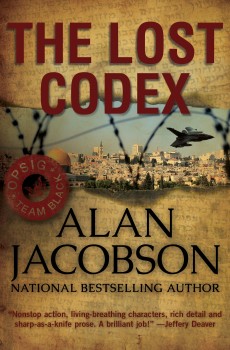 Alan Jacobson is the award-winning, USA Today bestselling author of the FBI profiler Karen Vail series and the OPSIG Team Black covert ops novels. Jacobson’s books have been translated internationally, named to several “best of the year” lists, and optioned by Hollywood. Jacobson’s twenty years of research and training with the FBI’s profiling unit, DEA, US Marshals Service, SWAT, NYPD, Scotland Yard, and the military infuse his stories and characters with verisimilitude.
Alan Jacobson is the award-winning, USA Today bestselling author of the FBI profiler Karen Vail series and the OPSIG Team Black covert ops novels. Jacobson’s books have been translated internationally, named to several “best of the year” lists, and optioned by Hollywood. Jacobson’s twenty years of research and training with the FBI’s profiling unit, DEA, US Marshals Service, SWAT, NYPD, Scotland Yard, and the military infuse his stories and characters with verisimilitude.
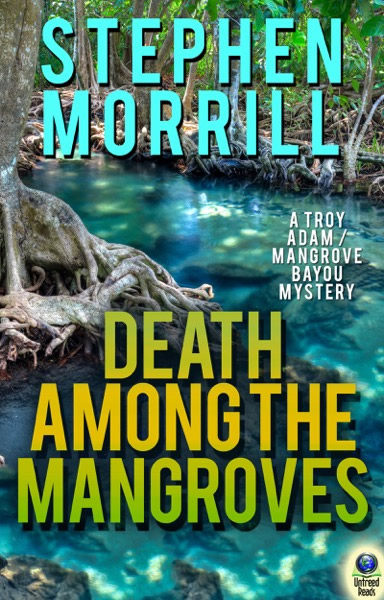 Stephen Morrill was born into the Army, served there himself, and wandered the world for thirty years, living in twenty-one cities in six countries. Finally he settled, like a barnacle holding fast to a piling, in Florida. Since then he has canoed and sailed almost every Florida waterway and SCUBA dived on almost every reef and wreck. He has been a reporter for a wire service, written several thousand magazine articles, edited several magazines, and written books including several Florida travel works.
Stephen Morrill was born into the Army, served there himself, and wandered the world for thirty years, living in twenty-one cities in six countries. Finally he settled, like a barnacle holding fast to a piling, in Florida. Since then he has canoed and sailed almost every Florida waterway and SCUBA dived on almost every reef and wreck. He has been a reporter for a wire service, written several thousand magazine articles, edited several magazines, and written books including several Florida travel works.
 Arthur Kerns is a retired FBI supervisory special agent and past president of the Arizona chapter of the Association of Former Intelligence Officers (AFIO). His award-winning short fiction has appeared in numerous anthologies. He is a book reviewer for the Washington Independent Review of Books. Diversion Books, Inc. NY, NY published his espionage thriller, The Riviera Contract, and the sequel, The African Contract. The third in the series, The Yemen Contract, was released in June 2016.
Arthur Kerns is a retired FBI supervisory special agent and past president of the Arizona chapter of the Association of Former Intelligence Officers (AFIO). His award-winning short fiction has appeared in numerous anthologies. He is a book reviewer for the Washington Independent Review of Books. Diversion Books, Inc. NY, NY published his espionage thriller, The Riviera Contract, and the sequel, The African Contract. The third in the series, The Yemen Contract, was released in June 2016.
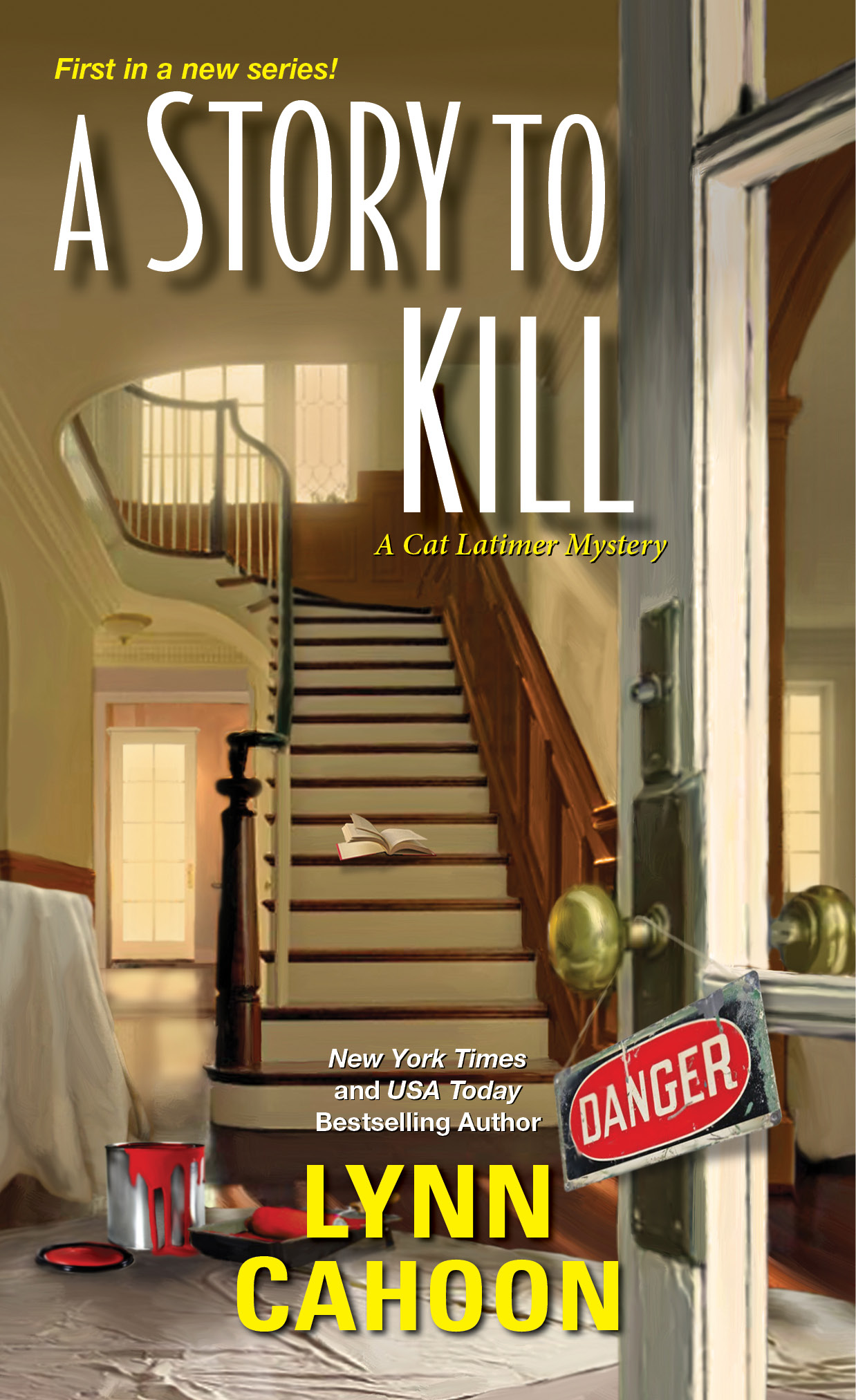 Lynn Cahoon is the author of the New York Times and USA Today bestselling Tourist Trap cozy mystery series. Guidebook to Murder, book 1 of the series won the Reader’s Crown for Mystery Fiction in 2015. She’s also the author of the soon to be released, Cat Latimer series, with the first book, A STORY TO KILL, releasing in mass market paperback September 2016. She lives in a small town like the ones she loves to write about with her husband and two fur babies.
Lynn Cahoon is the author of the New York Times and USA Today bestselling Tourist Trap cozy mystery series. Guidebook to Murder, book 1 of the series won the Reader’s Crown for Mystery Fiction in 2015. She’s also the author of the soon to be released, Cat Latimer series, with the first book, A STORY TO KILL, releasing in mass market paperback September 2016. She lives in a small town like the ones she loves to write about with her husband and two fur babies.
 Bernard Maestas lives in paradise. A police officer patrolling the mean streets of Hawaii, he has a background in contract security and military and civilian law enforcement. When not saving the world, one speeding ticket at a time, and not distracted by video games or the internet, he is usually hard at work on his next book.
Bernard Maestas lives in paradise. A police officer patrolling the mean streets of Hawaii, he has a background in contract security and military and civilian law enforcement. When not saving the world, one speeding ticket at a time, and not distracted by video games or the internet, he is usually hard at work on his next book.
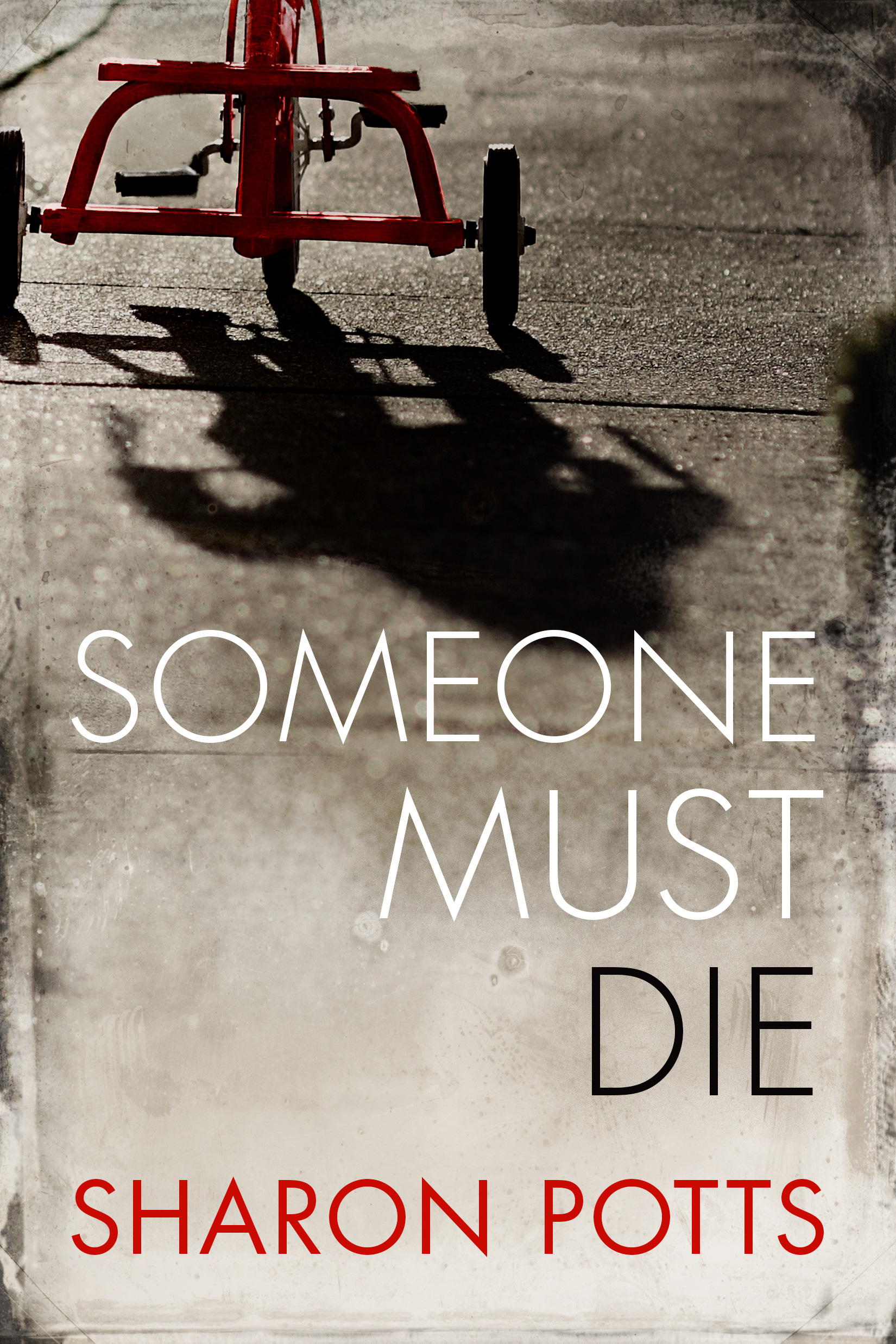 Sharon Potts is the award-winning, critically acclaimed author of four psychological thrillers, including In Their Blood—winner of the Benjamin Franklin Award and recipient of a starred review in Publishers Weekly. A former CPA, corporate executive, and entrepreneur, Sharon has served as treasurer of the national board of Mystery Writers of America, as well as president of that organization’s Florida chapter. She has also co-chaired SleuthFest, a national writers’ conference. Sharon lives in Miami Beach with her husband and a spirited Australian shepherd named Gidget.
Sharon Potts is the award-winning, critically acclaimed author of four psychological thrillers, including In Their Blood—winner of the Benjamin Franklin Award and recipient of a starred review in Publishers Weekly. A former CPA, corporate executive, and entrepreneur, Sharon has served as treasurer of the national board of Mystery Writers of America, as well as president of that organization’s Florida chapter. She has also co-chaired SleuthFest, a national writers’ conference. Sharon lives in Miami Beach with her husband and a spirited Australian shepherd named Gidget.
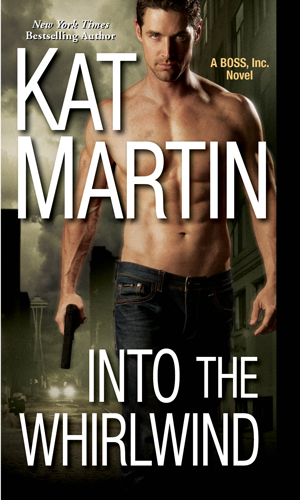 New York Times bestselling author Kat Martin is a graduate of the University of California at Santa Barbara where she majored in Anthropology and also studied History. She is married to L.J. Martin, author of western, non-fiction, and suspense novels. Kat has written more than sixty-five novels. Sixteen million copies of her books are in print and she has been published in twenty foreign countries, including Japan, France, Germany, Argentina, Greece, China, Russia, and Spain. Born in Bakersfield, California, Kat currently resides in Missoula, Montana, on a small ranch in the beautiful Sapphire mountains. Her last 10 books have hit the prestigious New York Times bestseller list. AGAINST THE WILD, AGAINST THE SKY, AGAINST THE TIDE and INTO THE FURY her latest release, took top ten spots.
New York Times bestselling author Kat Martin is a graduate of the University of California at Santa Barbara where she majored in Anthropology and also studied History. She is married to L.J. Martin, author of western, non-fiction, and suspense novels. Kat has written more than sixty-five novels. Sixteen million copies of her books are in print and she has been published in twenty foreign countries, including Japan, France, Germany, Argentina, Greece, China, Russia, and Spain. Born in Bakersfield, California, Kat currently resides in Missoula, Montana, on a small ranch in the beautiful Sapphire mountains. Her last 10 books have hit the prestigious New York Times bestseller list. AGAINST THE WILD, AGAINST THE SKY, AGAINST THE TIDE and INTO THE FURY her latest release, took top ten spots.
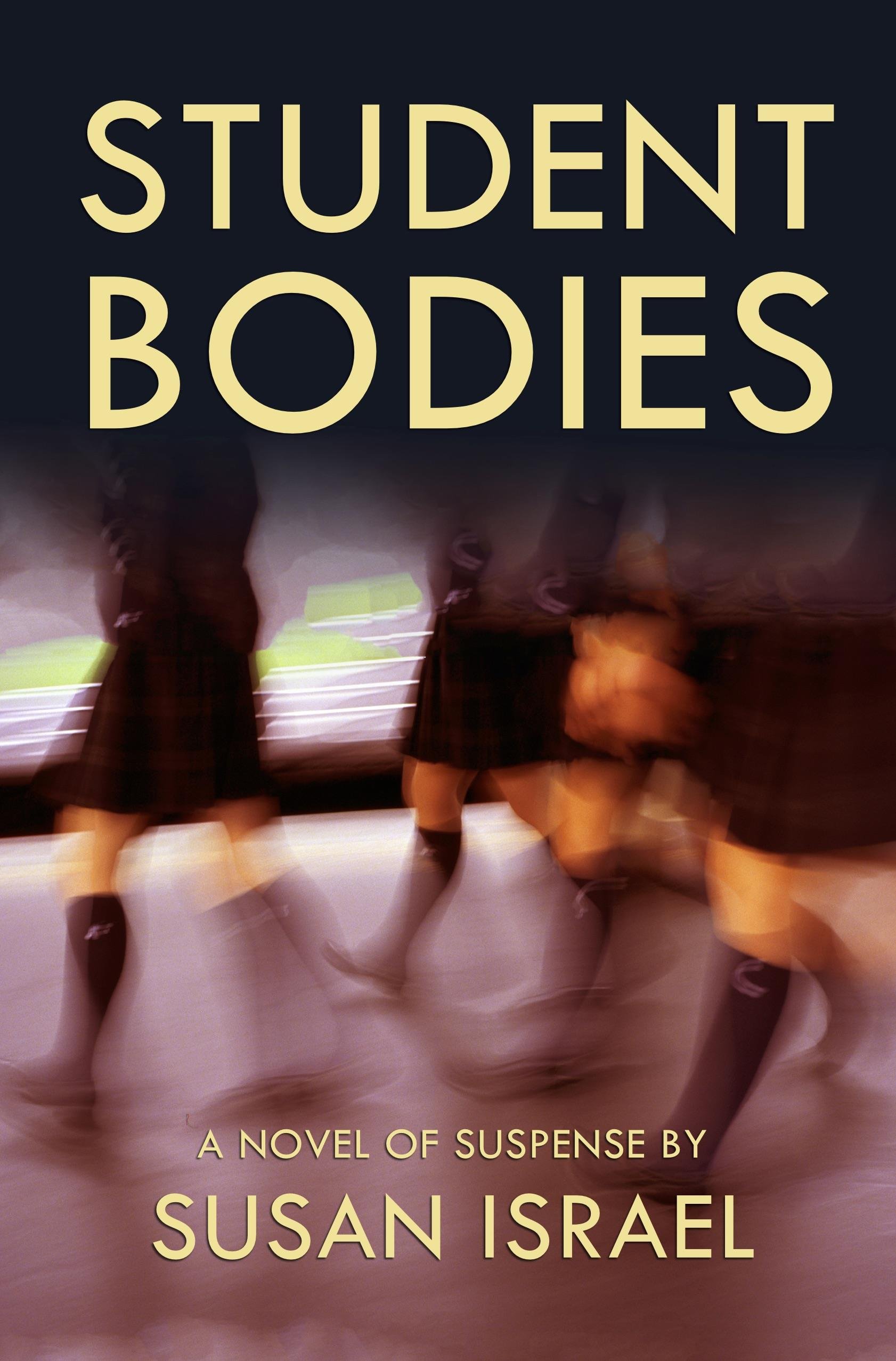 Susan Israel has published fiction in Other Voices, Hawaii Review, and Vignette and she has written for magazines, websites, and newspapers, including Glamour, Girls Life, Ladies Home Journal and The Washington Post. Her novels featuring Delilah Price are edgy, immediate, and intensely satisfying because Delilah is such a rare combination of tough and vulnerable. Delilah returns in the Spring of 2016 in Student Bodies.
Susan Israel has published fiction in Other Voices, Hawaii Review, and Vignette and she has written for magazines, websites, and newspapers, including Glamour, Girls Life, Ladies Home Journal and The Washington Post. Her novels featuring Delilah Price are edgy, immediate, and intensely satisfying because Delilah is such a rare combination of tough and vulnerable. Delilah returns in the Spring of 2016 in Student Bodies.
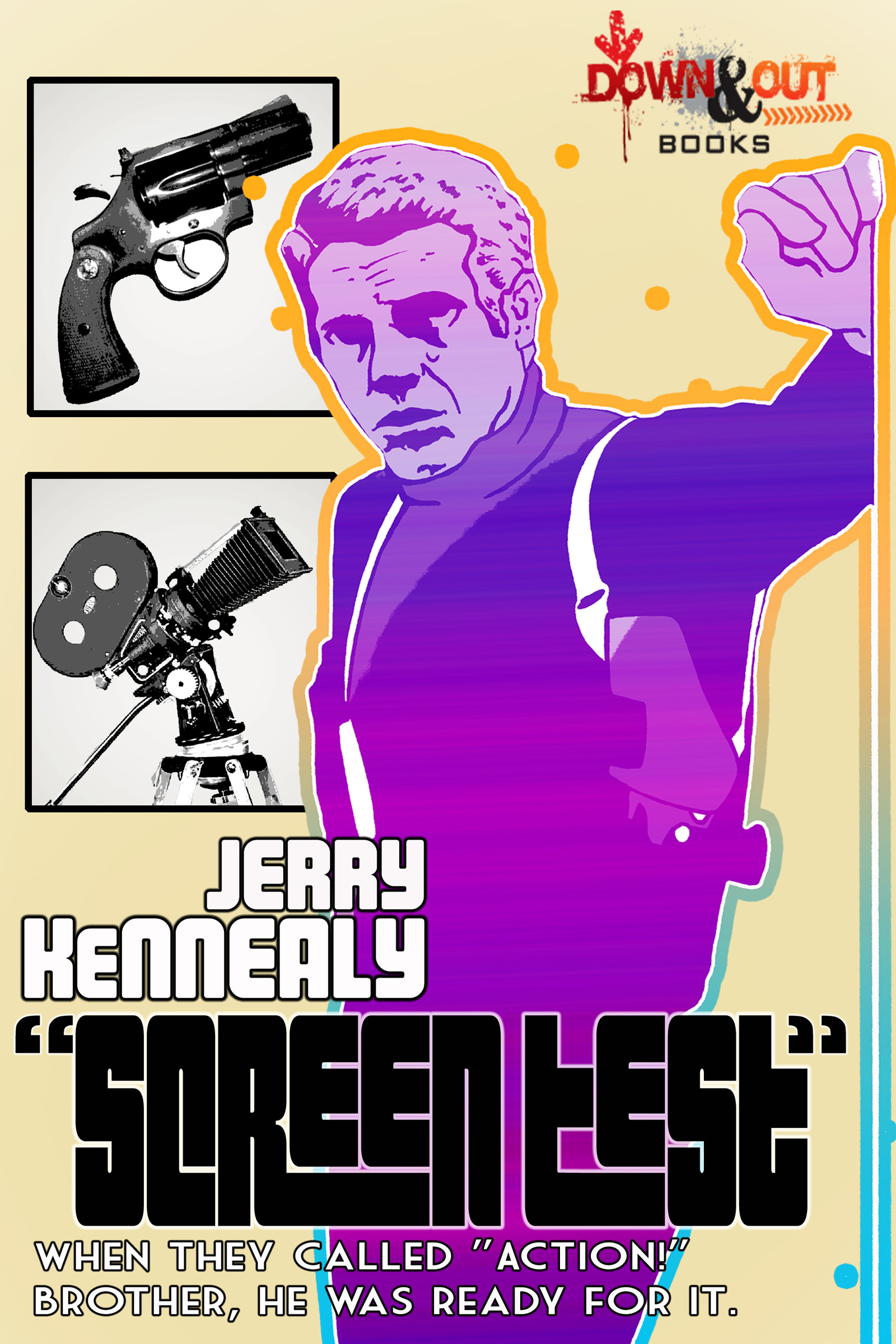 Jerry Kennealy has worked as a San Francisco policeman and as a licensed private investigator in the City by the Bay. He has written twenty-two novels, including a ten book series on private eye Nick Polo, two of which were nominated for a Shamus Awards. His books have been published in England, France, Germany, Japan, Italy and Spain. He is a member of Mystery Writers of America and Private Eye Writers of America.
Jerry Kennealy has worked as a San Francisco policeman and as a licensed private investigator in the City by the Bay. He has written twenty-two novels, including a ten book series on private eye Nick Polo, two of which were nominated for a Shamus Awards. His books have been published in England, France, Germany, Japan, Italy and Spain. He is a member of Mystery Writers of America and Private Eye Writers of America.
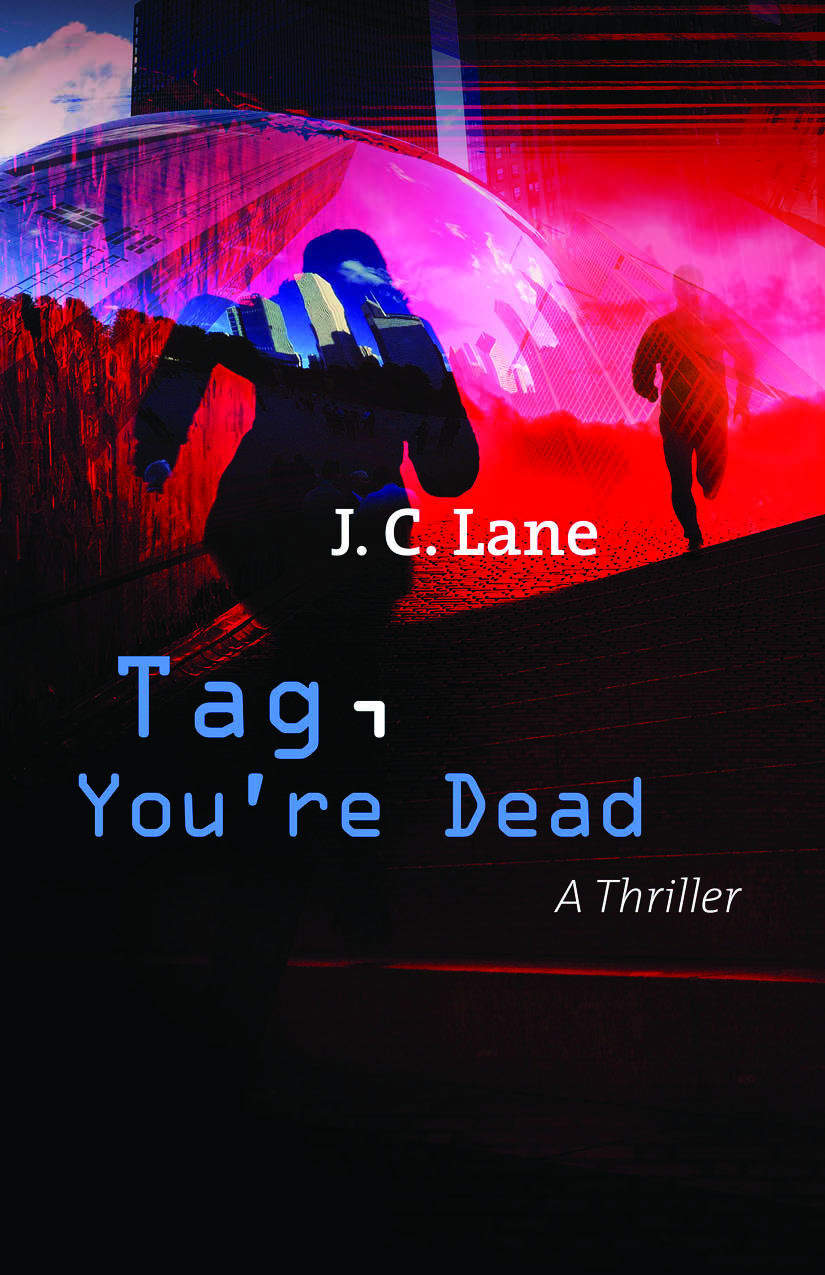 J.C. Lane is the author of TAG, YOU’RE DEAD, her first thriller. She also writes mysteries as Judy Clemens, including the Stella Crown series, the Grim Reaper mysteries, and the stand-alone LOST SONS. She is a past president of Sisters in Crime and lives in Ohio.
J.C. Lane is the author of TAG, YOU’RE DEAD, her first thriller. She also writes mysteries as Judy Clemens, including the Stella Crown series, the Grim Reaper mysteries, and the stand-alone LOST SONS. She is a past president of Sisters in Crime and lives in Ohio.
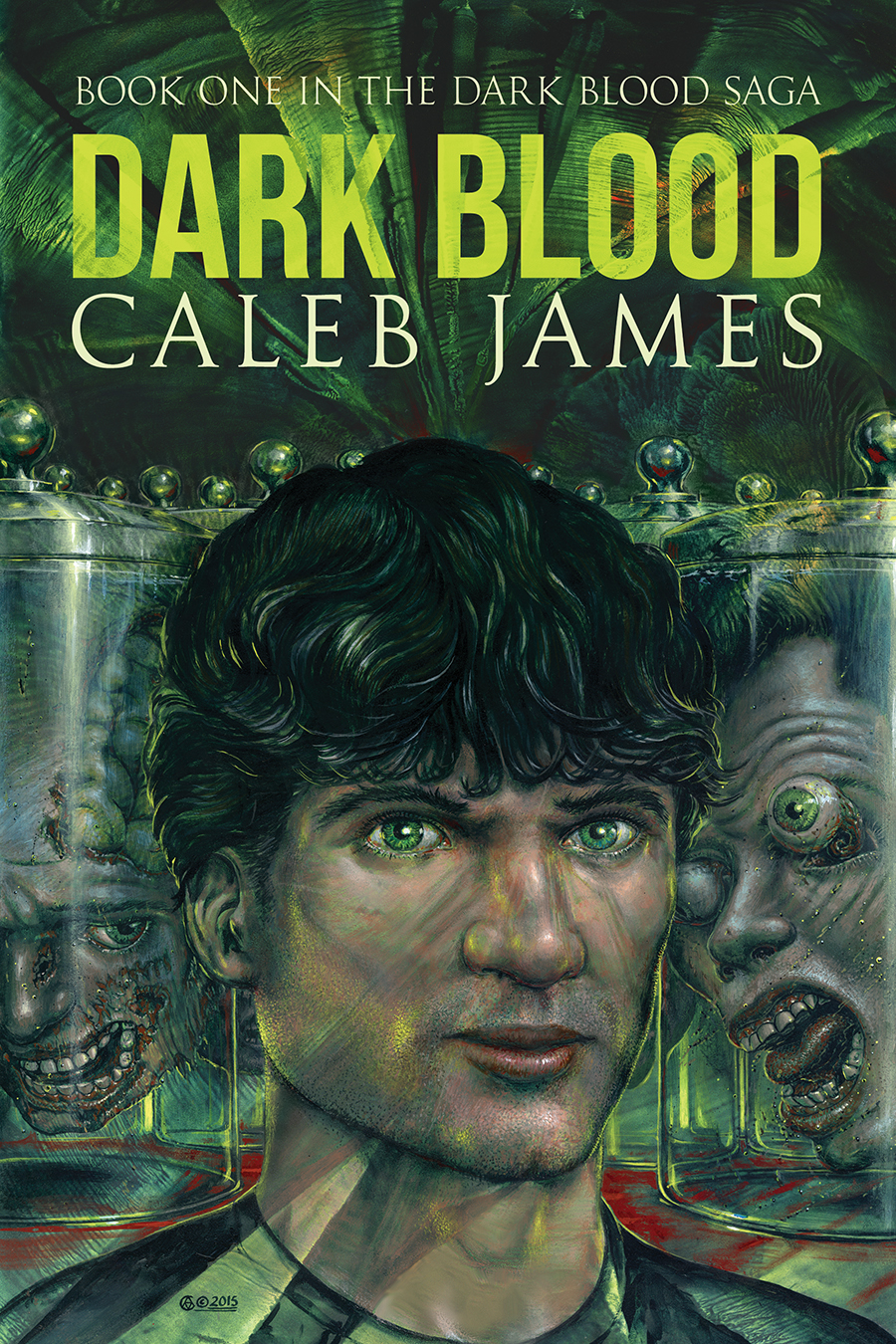 Caleb James is a pen name for fiction/non-fiction author and psychiatrist Charles Atkins. He lives in Connecticut with his partner and too-many cats.
Caleb James is a pen name for fiction/non-fiction author and psychiatrist Charles Atkins. He lives in Connecticut with his partner and too-many cats.
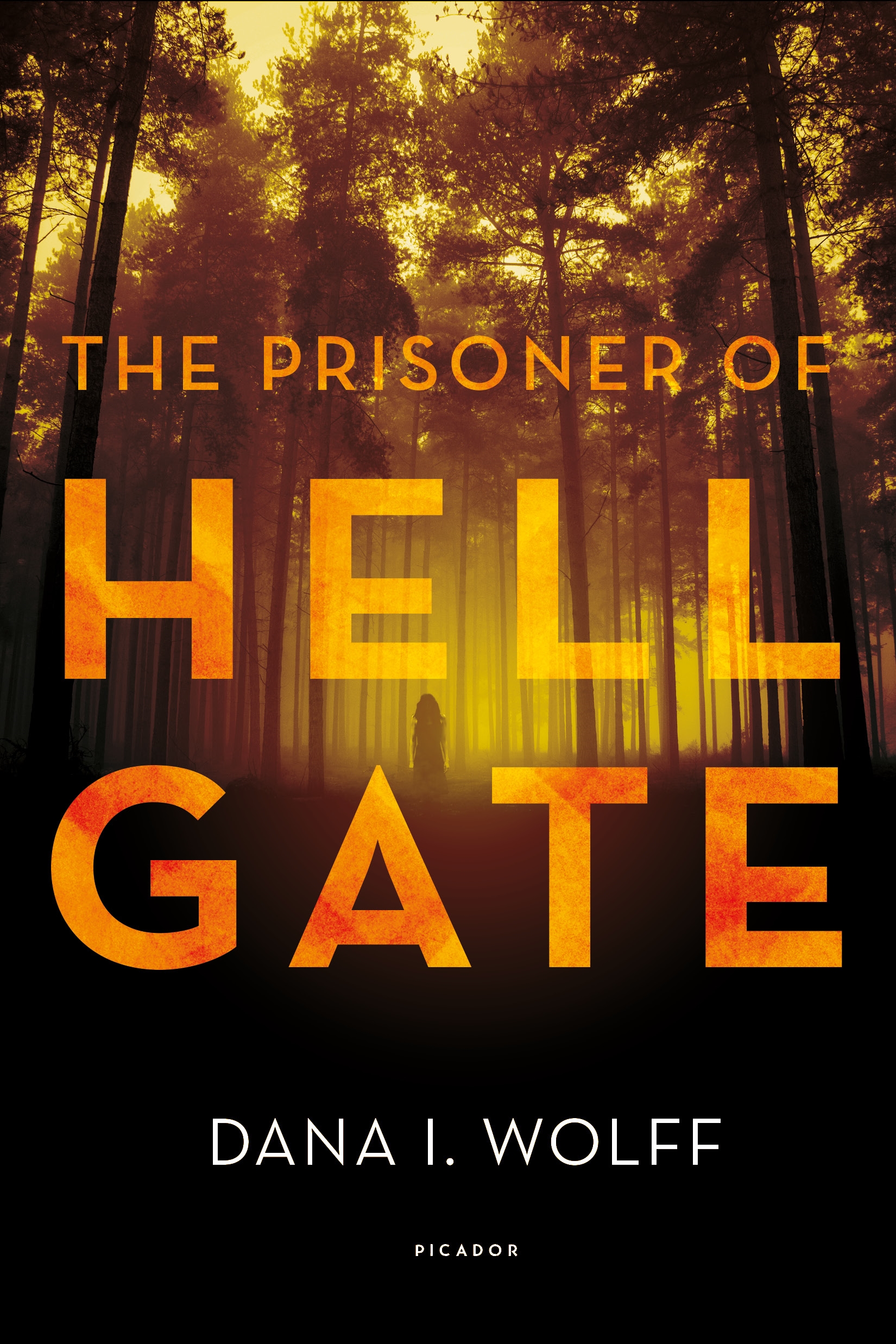 Dana I. Wolff is the pen name of a former publishing executive and bestselling thriller writer. This is the first Wolff novel.
Dana I. Wolff is the pen name of a former publishing executive and bestselling thriller writer. This is the first Wolff novel.
- LAST GIRL MISSING with K.L. Murphy - July 25, 2024
- CHILD OF DUST with Yigal Zur - July 25, 2024
- THE RAVENWOOD CONSPIRACY with Michael Siverling - July 19, 2024
